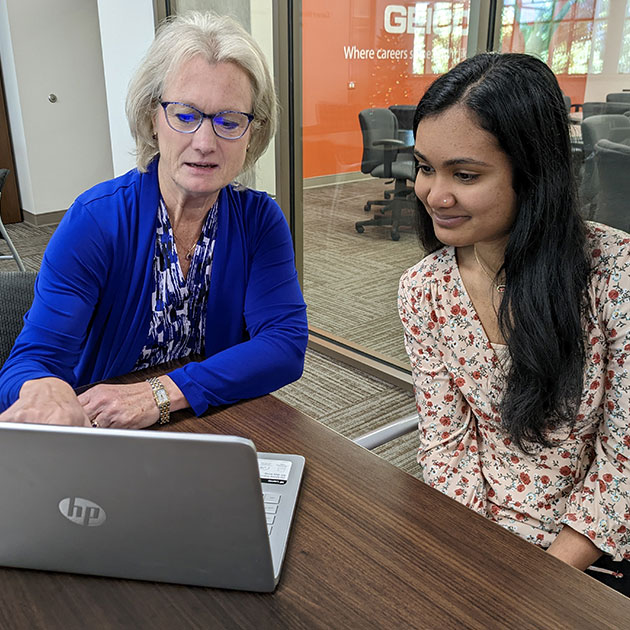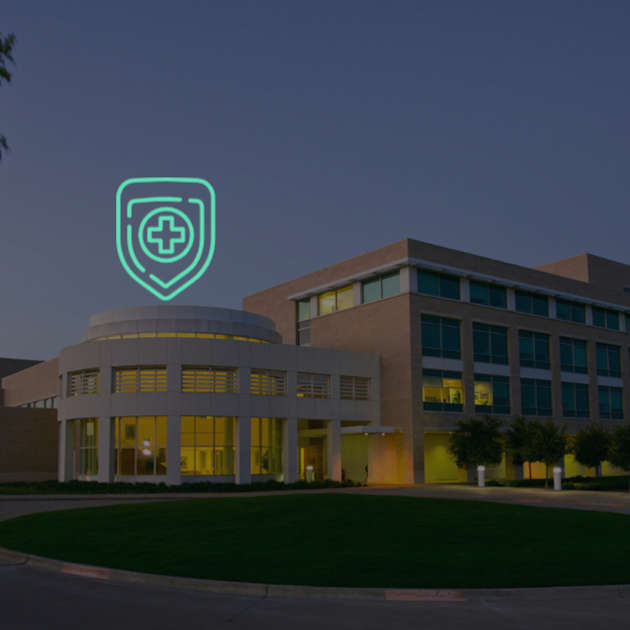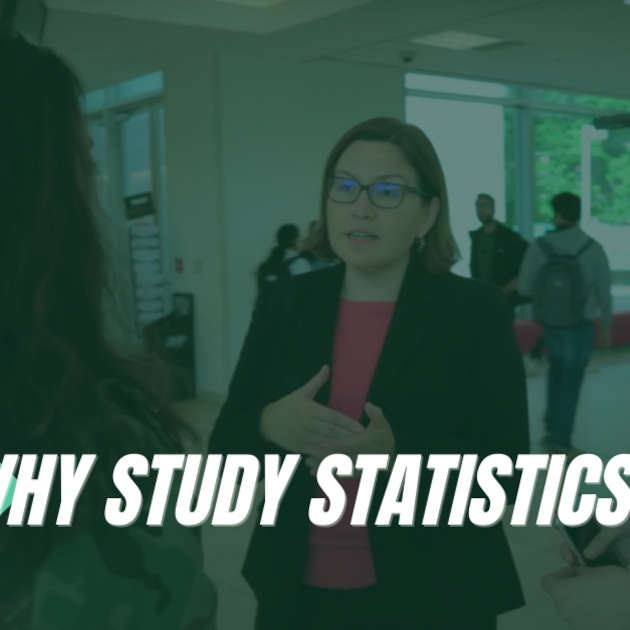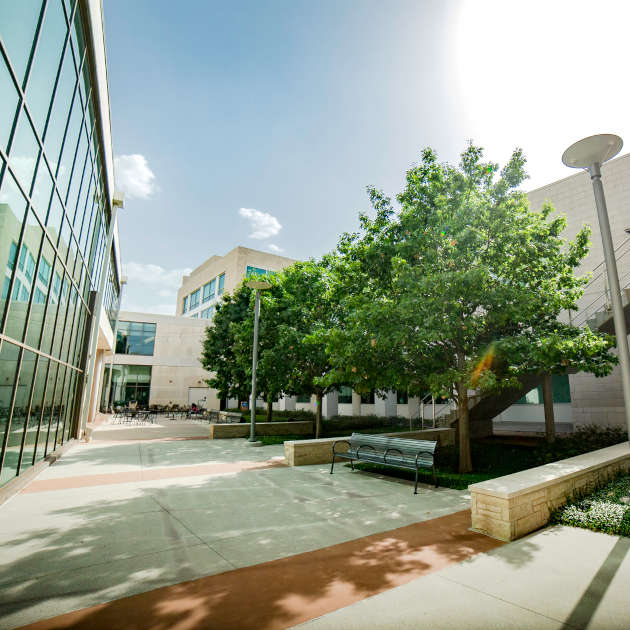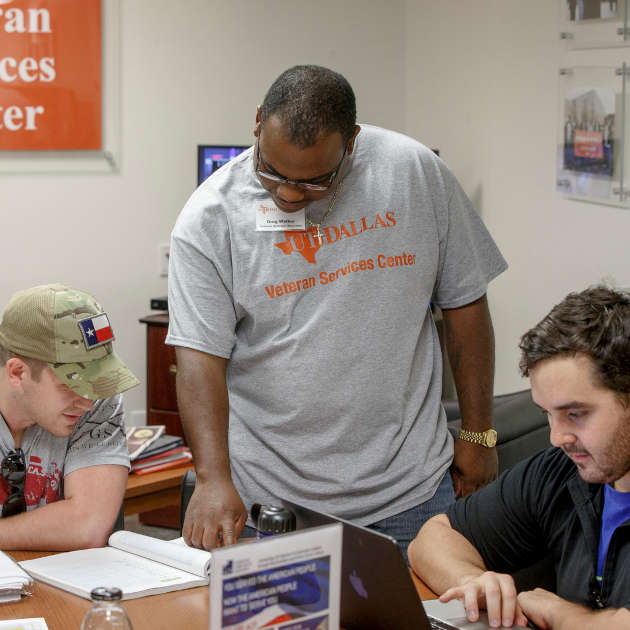On our second day in Seoul, South Korea, after seeing Incheon Port and TOPIS, we visited the headquarters of Samsung Electronics, the No. 1 smartphone manufacturer, with a 21 percent market share worldwide, compared to Apple, with 12.5 percent, and Huawei, with 9.3 percent, as of Q3 2016. (Samsung is also a manufacturer of other electronics such as TVs and washing machines that rank seventh globally.)
The last Samsung smartphone product, the Galaxy Note 7, was recalled when several reports were received of the phone catching fire due to its battery overheating. This issue caused Samsung to have a loss of $5 billion. In Q4 of 2016, Samsung’s market share was down to 17 percent (Source: Gartner), placing it second in the industry.
Our team was curious to learn about Samsung’s strategy to regain worldwide consumer trust and return to No. 1. We were excited to see the new launch of the Samsung Galaxy S8 smartphone, and we believed this was Samsung’s opportunity to remind its customers just how talented the company is in designing devices.
We reached Samsung’s Digital City in the Yeongtong-gu, Gyeonggi-do area. The digital city had 13 office and residential buildings, a large cafeteria that served food from more than 10 countries, a hospital and a pharmacy. There was a total of 35,000 employees working in the digital city, with 12,000 engineers working in the mobile communications building alone. We were welcomed by Gordon Kim, director of Enterprise Business, and his crew at the entrance of the Samsung Innovation Museum, known as SIM.
To general consumers, Samsung is known for its electronic products, such as TVs, appliances, laptops and smartphones, but during the presentation we learned that Samsung has a 50 percent market share in the manufacturing of drill ships and has built the largest ocean platform, known as Lunskoye-B.
Samsung also is known for major construction. Some of the company’s largest construction projects include the 21.38 kilometer-long bridge that connects Incheon’s Airport to Seoul, the Twin Tower in Malaysia, the Taipei 101 in Taiwan, and the Burj Khalifa building in Dubai.
Samsung has four research-and-development buildings located inside the digital city, They are known as lighthouses of South Korea, because there are always lights in the building 365 days a year.
Samsung’s team is proud of its inventions. As an example, Samsung built the thinnest tablet, 8.6 millimeters, to compete with the iPad 2, 8.8 millimeters, within 20 days of Apple’s release. Samsung spends $33 million daily, or $12.1 billion per year on research and development to bring innovative products to the market.
When we asked Gordon what the secret was to motivate his employees to work so diligently around the clock, his response was, “We are proud to change the world, and passionate to make difference in people’s lives.”
The company has cross-cultural activities that support their employees from 57 countries. Gordon believes that people are the most valuable asset in Samsung. He also appreciates the healthy competition from the Apple iPhone, which keeps his employees motivated and innovative. He gave us an analogy that their competitor is like a baby shark in a tank full of salmon, keeping the salmon alert all the time.
Samsung has invested $300 million in its training centers and has about 14 training centers across the world, where almost 10,000 employees get trained every day. When members of our cohort asked how Samsung is planning to recover its market share that was lost due to the product issues, Mr. Kim responded with “Quality and trust.”
After Mr. Kim gave us some information about the company, he and his team proceeded to take us on a tour of the Samsung Innovation Museum, where we learned more about Samsung’s innovative products and its newest technology. It was great to learn about some of the things on the horizon for Samsung and to hear how much employees enjoy working for the company. Having that sense of pride for their work gives them the passion to strive to make the best quality and most innovative products on the market today.
– Written by: Ajay Amberkar, Shawn Benjamin, Jesse Wang and Dustin West
